Best Paper Types for Chinese Calligraphy Beginners – Complete Guide
Many Chinese calligraphy beginners often ask me: “What kind of paper should I use when starting out?” or what is the best paper types for chinese calligraphy beginners? I believe most newcomers to calligraphy struggle with this paper selection issue. You may have heard others mention using Maobian paper or Yuanshu paper, but what exactly is Maobian paper? What’s the difference between Maobian paper and Yuanshu paper? How do these compare to traditional Xuan paper? Today, I’ll organize all these questions in one place to help friends who are just beginning their calligraphy journey.
1. Best Paper Types for Chinese Calligraphy Beginners-Avoid Using Newspaper
Many middle-aged and elderly calligraphy beginners try to save money by using old newspapers at home for practice (though nowadays few young families still subscribe to newspapers). However, today’s newspaper quality is no longer suitable for calligraphy practice.
I still remember that newspapers from my childhood had thicker paper with a slightly fuzzy surface texture – that kind of newspaper was actually decent for writing practice. Unfortunately, no newspaper companies use that type of paper for printing anymore, so I don’t recommend using newspaper for brush calligraphy practice.
Additionally, glossy papers like coated paper and writing paper that are both smooth and bright white are not good for practice. These papers have surfaces that are too smooth, making your characters appear to float on the surface and making it difficult to write certain strokes properly.
2. Best Paper Types for Chinese Calligraphy Beginners-Use Bamboo Paper More Often
Bamboo paper is made from young bamboo as raw material. Sichuan Jiajiang (painting and calligraphy paper) and Zhejiang Fuyang (Yuanshu paper) are two major production areas. I recommend bamboo paper for calligraphy beginners for several reasons:
First, bamboo paper is cheaper than Xuan paper. (Many calligraphy beginners or outsiders call all brush writing paper “Xuan paper,” which I personally think shows disrespect to real Xuan paper. We can understand this as a broad definition of Xuan paper, but true Xuan paper must come from Jing County, Anhui Province, and must contain sandalwood bark. It’s a specialty product of Jing County, Xuancheng City, Anhui Province, and a national geographical indication product.) However, handmade bamboo paper costs more than machine-made versions.
Second, there’s plenty of supply – you don’t need to worry about shortages since bamboo grows new shoots every year.
Third, handmade bamboo paper usually comes in smaller sizes that don’t need cutting and can be used directly. Although larger four-foot sizes and even bigger ones exist, the best-selling products in the market are smaller sizes, like the Fuyang Yuanshu paper sold at Qi Ming Wen Fang, which measures 34.5 cm wide by 70 cm long.
Fourth, while it’s also bamboo paper, beginners should generally avoid Yuanshu paper initially, as quality varies greatly. Poor-quality Yuanshu paper can seriously damage your interest in practicing calligraphy.
Fifth, for beginners, machine-made Maobian paper is usually sufficient. If budget isn’t a concern, handmade Maobian paper is also excellent.

This is the Maobian paper I use myself. I prefer handmade Maobian paper. This type of paper is basically square or rectangular, not too big or small. When writing at a desk, you don’t need to move the paper around much. With this square paper, I usually write nine characters per sheet and set a fixed number of sheets to write each evening.
This square paper was later discontinued due to environmental concerns. Now my own shop, Qi Ming Wen Fang, sells rectangular versions.

I remember when I was learning, my teacher also had me start with Maobian paper that had rice-character grids(米字格毛边纸), which helped me better grasp structure.
You can also try this approach: buy some Maobian paper with rice-character grids (grid Maobian paper seems to only come in machine-made versions – rarely do people print grids on handmade Yuanshu paper or Xuan paper for sale), and buy some without grids. Use them alternately for what I think would be better results.
3. Best Paper Types for Chinese Calligraphy Beginners-Choosing Between Handmade and Machine-Made Maobian Paper
Many Maobian papers are machine-manufactured, but some sellers try to pass them off as handmade paper. When I was browsing a traditional art supplies exhibition, I saw vendors selling paper with bamboo screen textures, thinking it was handmade paper. After asking the vendor, I learned it was machine-made, with those textures also pressed by machines. The vendor even said: “You could sell this paper as handmade,” which I immediately objected to. You can’t do that.
Machine-made and handmade Maobian papers have very different writing effects, so you must distinguish between them. Here’s how:
First, machine-made Maobian paper has one very smooth side, while handmade Maobian paper isn’t too smooth on either side. In other words, handmade Maobian paper is definitely rough on both sides – different papers may have different degrees of roughness, but won’t have the huge difference in texture between rough and smooth sides like machine paper does. However, as I mentioned earlier, some recent machine-made Maobian papers deliberately imitate handmade textures, and unscrupulous sellers use these to impersonate handmade Maobian paper at high prices for huge profits.

This is Qi Ming Wen Fang’s imitation handmade machine-made Maobian paper, with bamboo screen patterns, which looks like handmade Maobian paper.

This is Qi Ming Wen Fang’s Chanyi (Cicada Wing) Maobian paper, very thin, with both sides rough, or you could say it’s very difficult to distinguish between the rough and smooth sides.
Second, machine-made Maobian paper is cheap – some packages cost only ten-plus yuan, while pure bamboo material ones cost several dozen yuan. Handmade Maobian paper costs at least thirty to forty yuan per package.

cicada wings,very thin


This is Qi Ming Wen Fang’s Chanyi (Cicada Wing) Maobian paper
Third, handmade Maobian paper is uneven, with some areas where grass pulp hasn’t fully dissolved, and some spots with holes or cracks (actually, machine-made Maobian paper can also have small holes due to “sticking to the pot”). These are unique characteristics of handmade Maobian paper – don’t think they’re quality problems. Machine-made Maobian paper is mostly very uniform.
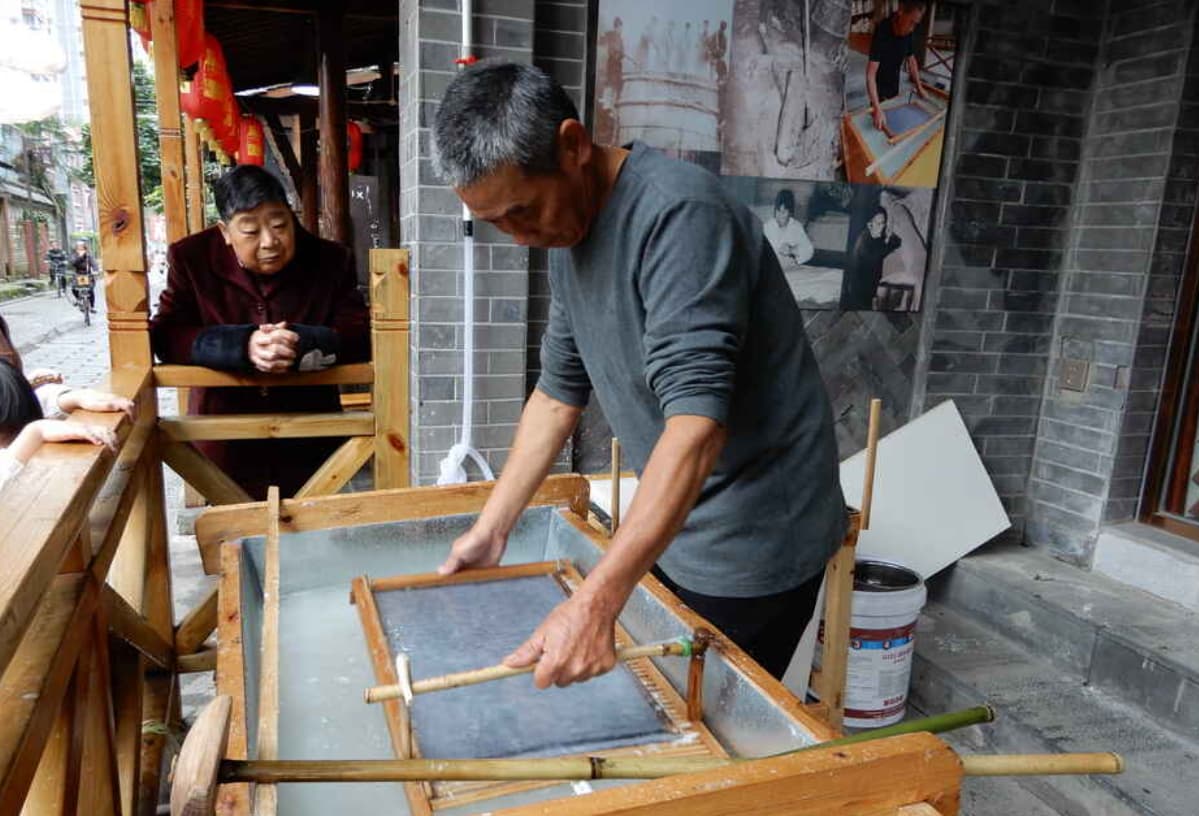
The papermaking craftsman in the image skillfully holds a bamboo screen, expertly scooping up wet paper from the pulp pool.

The Maobian paper I use has rough surfaces on both sides with uneven edges. It’s excellent for writing篆书 (seal script), 隶书 (clerical script), 楷书 (regular script), and other slow-writing calligraphy styles.
4. Occasionally Use Bark Paper and Xuan Paper
Bark paper is made from bark fibers such as mulberry, Qingtan (青檀), and Gōuzhī (构树) bark. This paper is known for being flexible, thin, and porous, with long yet uniformly interwoven fibers. It is typically used for everyday purposes like window coverings and jacket linings, with special varieties also serving as base paper for stencil wax paper and reinforcing mica paper.
Xuan paper’s primary raw materials are Qingtan tree bark and rice straw, with Yangteng peach juice serving as an essential separating agent.
The paper is categorized in a few ways:
By raw material ratio, it falls into three main categories: cotton material, pure bark, and special pure bark.
By processing method, it is divided into original paper (raw) and processed paper (like wax-dyed paper).
By ink absorption, it is classified as raw Xuan, semi-ripe Xuan, and ripe Xuan.
Bark paper and Xuan paper that lean toward the “ripe” side are more suitable for writing, with the only drawback being higher cost (some are much more expensive – beginners need to understand this point).
Appendix: Differences Between Maobian Paper, Xuan Paper, and Yuanshu Paper
I think Xuan paper needs no extensive explanation. I’ve already provided very detailed information in “China’s Top Ten Xuan Paper Brands (with types, selection, maintenance methods, and common questions).” Simply put, Xuan paper must contain sandalwood bark – anything without sandalwood bark cannot be called Xuan paper.
Regarding the difference between Maobian paper and Yuanshu paper, let me focus on this. First, both Yuanshu paper and Maobian paper are local bamboo paper craft products from Fuyang, Zhejiang.
Let’s start with Yuanshu paper. Yuanshu paper is a type of bamboo paper, also called 赤亭纸 in ancient times. It’s made from current-year young bamboo shoots as raw material, handcrafted for brush writing. It’s mainly produced in Fuyang City, Zhejiang Province, with a long production history.
During the Northern Song Dynasty’s Emperor Zhenzong period (998-1022), it was selected as “imperial document paper.” Because the emperor used it to write ritual texts during 元祭 (New Year temple ceremonies), the original name was changed to Yuanshu paper. Because minister Xie Fuchun supported this paper’s production at the time, it was also called Xie Gong paper or Xie Gong letter paper.
Yuanshu paper characteristics include: good flexibility, subtle bamboo fragrance, easy dissolution in water, non-bleeding ink absorption, long-term storage without insect damage, and no color change. In ancient times, it was mainly used for calligraphy, painting, writing official documents, and making account books. It remains popular paper among calligraphy artists and enthusiasts today, and can also be used for mounting paintings and high-quality packaging.
Compared to Yuanshu paper, Maobian paper has a much shorter history. Maobian paper is also light yellow paper made from bamboo fiber. “In the late Ming Dynasty, Jiangxi produced bamboo paper with fine texture, thin and soft, light yellow color, no water resistance, good ink absorption and water absorption properties, suitable for both writing and printing ancient books.”
Because Ming Dynasty bibliophile Mao Jin loved books and preferred using bamboo paper for printing books, he once ordered large quantities of slightly thicker bamboo paper from Jiangxi and stamped a seal script “毛” character on the paper edges. People became accustomed to calling this paper Maobian paper, and the name continues today.
As for the difference between Maobian paper and Yuanshu paper, simply put: Maobian paper belongs to low-to-mid-range paper, while Yuanshu paper belongs to mid-to-high-range calligraphy paper, but both are essentially bamboo paper.
Yuanshu paper emphasizes local Fuyang spring water tender bamboo, pure bamboo raw materials, original ecological without chemical additives. Its characteristics, if I remember correctly, include long-term preservation and bamboo fragrance. Maobian paper emphasizes Fuyang craftsmanship, mainly bamboo raw materials with other components like grass.
Finally, if you find this article useful, please feel free to share it with more friends who love Chinese calligraphy.

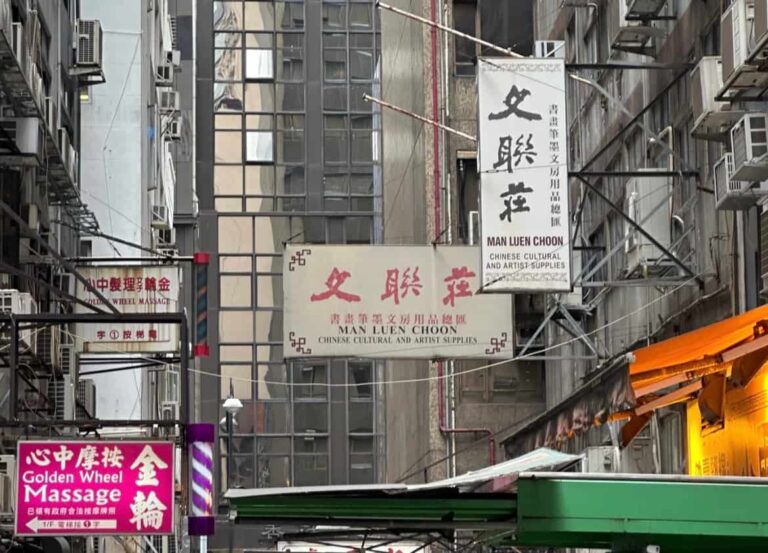
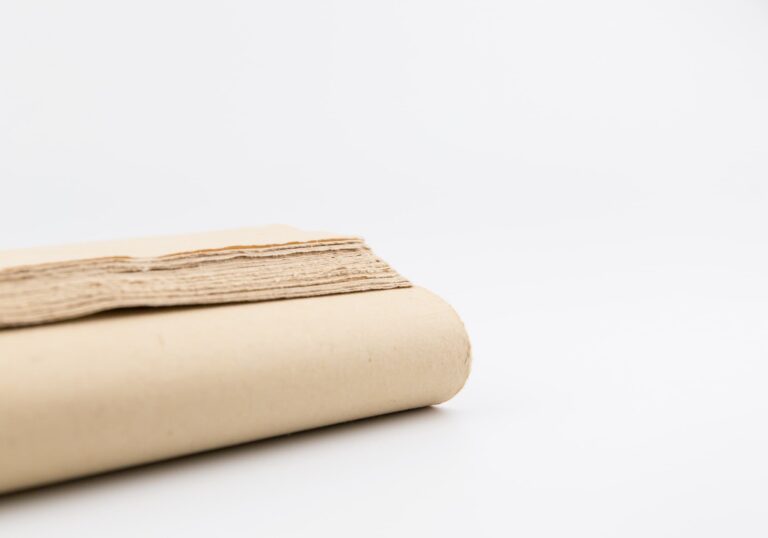
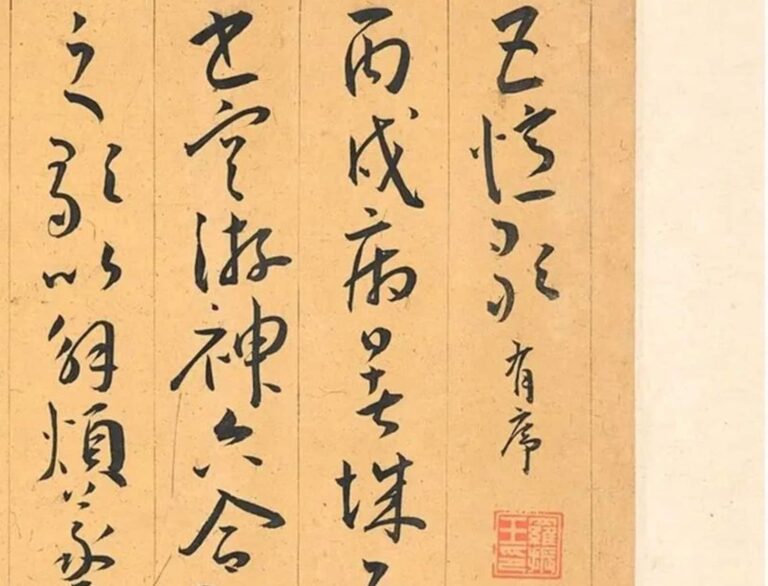
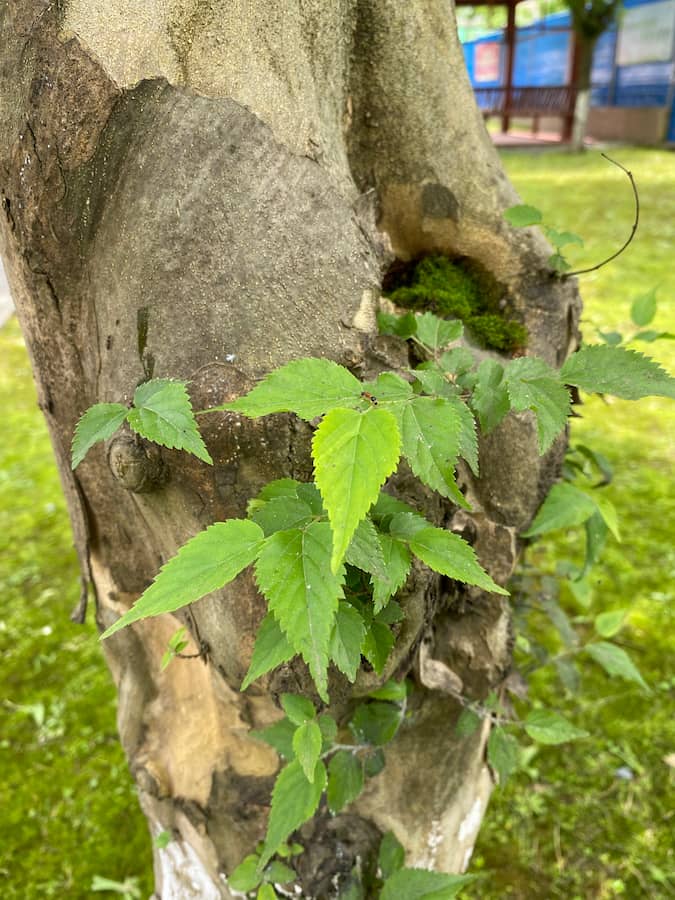
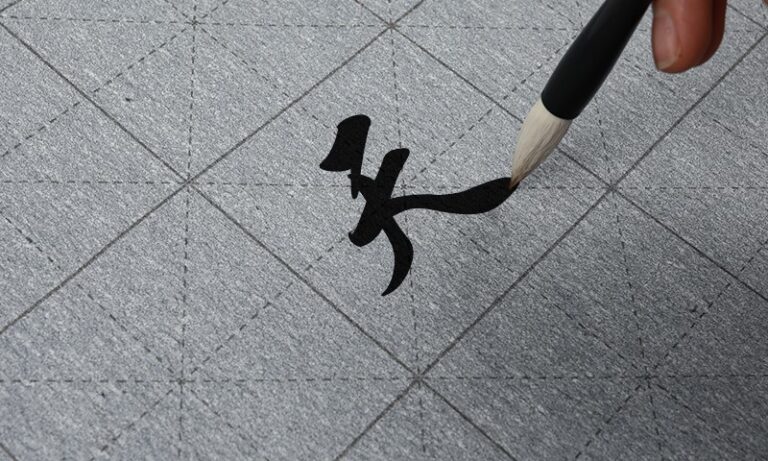
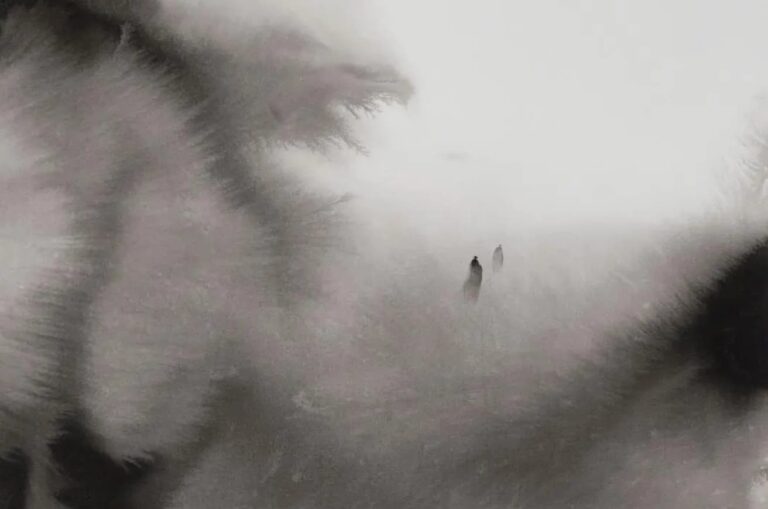
Hey there just wanted to give you a quick heads up. The words in your content seem to be running off the screen in Safari. I’m not sure if this is a format issue or something to do with internet browser compatibility but I figured I’d post to let you know. The design look great though! Hope you get the issue resolved soon. Cheers
Thank you. I just switched to an Apple computer to check the website display situation and didn’t find the problem you mentioned. Could you send me a screenshot of the issue you’re referring to?